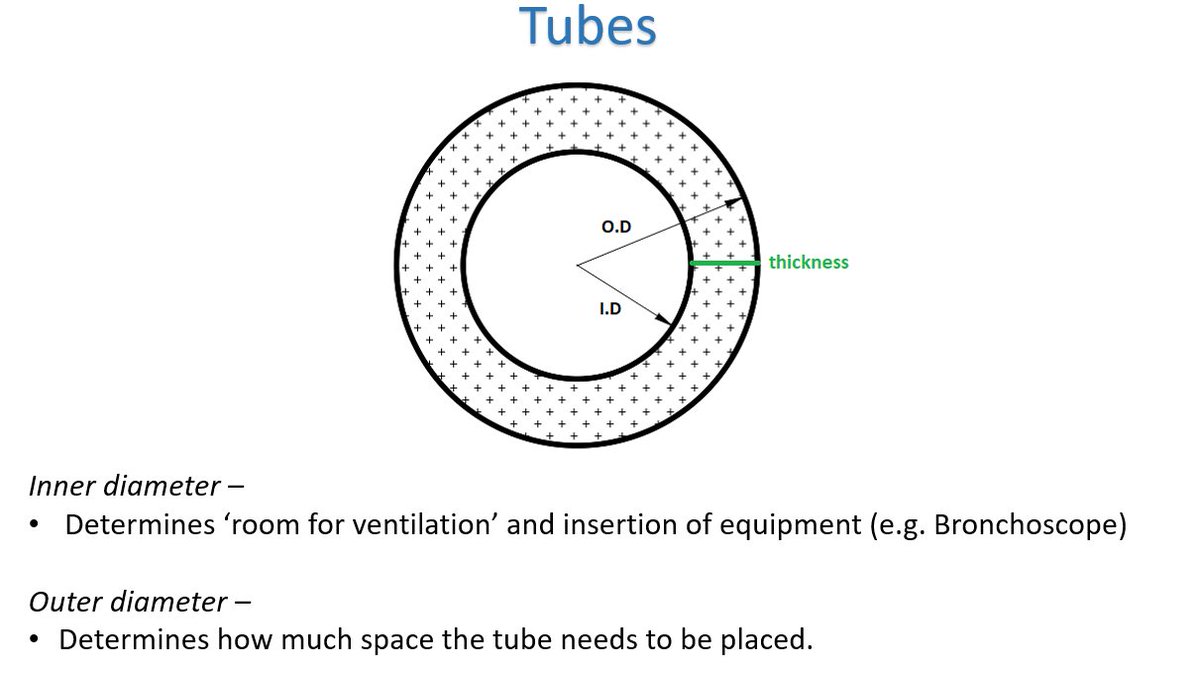I Do Like a Good a Equip...

Highlights
- I do like a good a equipment 🧵!
A couple related points -
Just like inner diameter of a trach is relevant for ventilation, the outer diameter is important when accommodating to the stoma size. If switching to a different trach, pay attention to the outer diameter. https://t.co/4vI9ZcJK6z
 (View Tweet)
(View Tweet)
- The thickness of trachs can varies: e.g. Shiley XLTs are thicker than standard.
E.g., an XLT of an I.D of 6.0mm has a larger O.D. than a standard Shiley with I.D. of 6.0mm (11 vs 10.1 mm). Hence, switching from the latter to the former would technically qualify as "upsizing".


 (View Tweet)
(View Tweet)
- Due to the horrible ambiguity in model names of of the older Shileys, they have recently revised the sizing nomenclature. It may be handy to know what the numbers on the model mean (see images)
In general, sizing information of a trach in available on the flange.

 (View Tweet)
(View Tweet)
- It is important to note that the I.D. of Shileys by default refers to the I.D. of its inner cannula. Thickness of the inner cannula itself is ~1mm.
So the I.D. of the trach lumen with inner cannula removed would be 1mm higher.
 (View Tweet)
(View Tweet)
- Another feature of new Shileys is that you don't need the inner cannula to attach them to a BVM. The 15-mm connector is incorporated in the outer cannula itself.
So in a case where the inner cannula is clogged (or you need for ventilation room), BMV can be done without it. (View Tweet)
- Of note, Bivonas don't have inner cannulas so sizing is easier to comprehend.
Here's their a link for their trach charts -
https://t.co/Xh3hKdmRJd
#KnowYourEquipment (View Tweet)

 (View Tweet)
(View Tweet)

 (View Tweet)
(View Tweet)
 (View Tweet)
(View Tweet) (View Tweet)
(View Tweet)